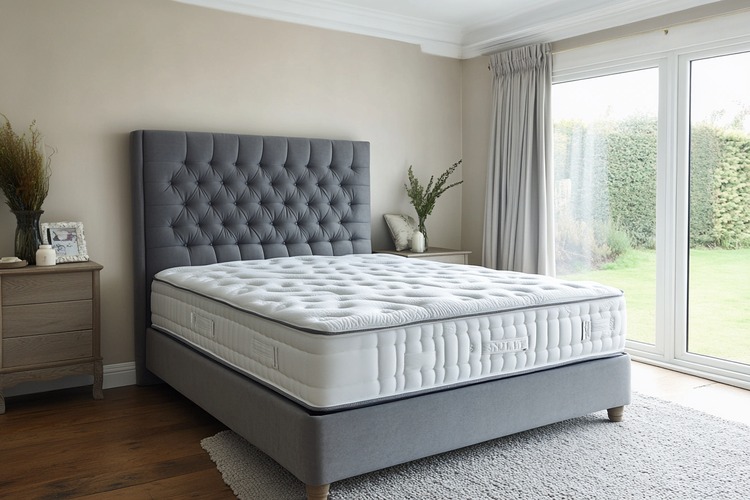Bedroom Remodeling: Practical Ideas for a Stylish Sleep Space
A successful bedroom remodeling project balances comfort, function, and personal style so the space feels both restful and useful. Whether you’re updating a primary suite or refreshing a guest room, thoughtful planning reduces wasted time and expense. This article walks through how to assess your current bedroom, choose an interior design direction, select furniture and a bed that fit, and add home decor details that elevate the overall look while improving daily life.

Bedroom layout: Where to start?
Begin by measuring the room and noting fixed elements like windows, doors, radiators, and closets. Create a simple floor plan on paper or with a digital app and test different placements for the bed and major furniture to ensure circulation paths remain clear. Prioritize the bed as the focal point and plan storage along walls or under the bed to keep floors uncluttered. Consider sightlines from the doorway and how natural light moves through the space during the day to optimize placement for both comfort and privacy.
Interior design: Style and function
Choose an interior design concept that matches how you use the bedroom—calmer, minimalist schemes suit sleepers who prefer serenity, while layered, eclectic styles fit those who want visual richness. Balance aesthetics with function: lighting should include ambient, task, and accent sources; colors should support relaxation (muted tones, warm neutrals or cool pastels); and durable finishes can withstand daily use. Incorporate one or two standout elements (an accent wall, a textured headboard) to give the room personality without overwhelming the restful atmosphere.
Furniture: Size, scale, and placement
Select furniture that respects the room’s scale. Oversized dressers or nightstands can make a bedroom feel cramped, while undersized pieces can look lost. Measure twice and choose multifunctional furniture—dressers with deep drawers, beds with built-in storage, or benches that double as seating and storage. Nightstands should be within arm’s reach of the bed and similar height to the mattress top. Keep clearances around the bed for easy movement—aim for at least 24 inches on walkways where possible.
Home decor: Lighting, textiles, color
Home decor brings warmth and cohesion. Layer textiles—curtains, rugs, bedding, and throw pillows—to introduce texture and softness. Rugs should be large enough to extend beyond the bed’s edges, anchoring furniture visually. Lighting matters: mix overhead fixtures with bedside lamps and adjustable reading lights. Window treatments should control light and provide privacy while complementing the color palette. Add art or mirrors to personalize walls; mirrors can amplify light and make a small bedroom appear larger when positioned thoughtfully.
Bed choices: Frames, headboards, mattresses
The bed itself is central to bedroom comfort and style. Choose a mattress that fits your sleep needs for firmness and support—testing mattresses in-store or reviewing reputable mattress guides helps. Pick a bed frame and headboard that match the room’s scale and your interior design style: low-profile frames suit modern looks, tufted or upholstered headboards soften traditional interiors. Consider practical features like slatted bases for airflow or storage drawers underneath for efficiency in smaller bedrooms. Make sure the mattress and frame sizes align (twin, full, queen, king) with available floor space.
A few practical tips to streamline a remodel: declutter before buying anything new to see what you really need; use a cohesive color palette across walls, bedding, and decor to create calm; and invest in good-quality bedding and mattress protectors for longevity. For larger projects—moving electrical outlets, adding built-in storage, or changing flooring—consult local services and licensed contractors to ensure safe, code-compliant work. Small updates like new hardware, fresh paint, or better lighting often deliver a high visual return without major expense.
In summary, bedroom remodeling is most successful when functional planning and interior design choices support restful sleep and everyday routines. By prioritizing layout, choosing furniture and a bed that match scale and needs, and refining the space with purposeful home decor, you can transform your bedroom into a calm, stylish retreat that reflects how you live.






